The agency’s revised sage grouse conservation plans for 11 Western states will play a major role in determining the future of the sagebrush ecosystem, which supports more than 350 species
Today, the Bureau of Land Management revealed its revised plans to conserve greater sage grouse populations across nearly 70 million acres of public land in 11 Western states. The Trump administration’s approach will replace the original Obama-era plans, which helped to give the U.S. Fish and Wildlife Service confidence that the species did not warrant listing as threatened or endangered in 2015.
While the state-specific plans maintain the basic framework of the originals, which were created through years of collaborative effort, the new plans do not provide the same safeguards for certain sagebrush habitats. There is more potential for development and mineral extraction within sage grouse habitat in the new plans. Combined with the Department of Interior’s policy shift on habitat mitigation, this could be cause for concern.
“These new plans are a mixed bag, with some changes addressing legitimate requests from the states to help align with their conservation approaches and other changes stripping back protections for core sage grouse habitat and creating more uncertainty for the West,” says Whit Fosburgh, president and CEO of the Theodore Roosevelt Conservation Partnership.
“Unless the impacts of development are properly mitigated to avoid further habitat loss, sage grouse could easily become a candidate for the threatened and endangered species list yet again. Success will ultimately come down to implementing these new plans to the letter, and never wavering from an approach that produces results for sage grouse populations and other species that depend on the sagebrush ecosystem. We will continue working with the BLM, the states, industry, and local partners to ensure that happens,” says Fosburgh.
Changes That Create Uncertainty
The revised plans eliminate focal areas, a subset of about 11 million acres of priority habitat on BLM land that would have been permanently withdrawn from any potential mineral extraction in the 2015 plans. The original no-surface occupancy policy remains—meaning infrastructure for development cannot be built on priority habitat—but the revised plans also give the BLM more flexibility to waive these protections in certain cases.
Mitigation also remains a sticking point, now that the Department of the Interior maintains that it lacks legal authority to require developers to pay for any negative impacts to habitat. (Quick tip: Here’s a metaphor that helps explain mitigation using beer!) This shifts the onus of regulation to the individual states, each of which has different mitigation standards and legal requirements. The states now must ensure their mitigation approaches are not only effective at curbing habitat loss, but also at holding all developers accountable on a level playing field.
“We cannot manage grouse at a level where we are only one major event away from having to list the bird,” says Steve Belinda, executive director of the North American Grouse Partnership. “Habitat, particularly on public lands, must be managed to withstand events we cannot control, like drought, fire, and disease, so conservation can be balanced with energy development, grazing, and other human activities we can control.”
No Time to Waste
The Trump administration first initiated a review of the original conservation plans in 2017. Since that time, secretarial orders and instruction memorandums issued by the DOI set the stage for amending the 2015 plans and changing how habitat is prioritized in relation to eligibility for oil and gas leasing.
A year ago, 105 wildlife and habitat experts urged the BLM and Secretary Zinke not to deviate from what the best science indicates is necessary in sagebrush country. They warned that major amendments to the 2015 plans and a lengthy delay in implementing conservation work could drastically alter the course for habitat conservation and undo years of hard work.
This is time that sage grouse don’t have to waste.
It will be important to move forward swiftly with implementation of any plan to conserve sagebrush habitat and begin tracking the effectiveness of conservation measures. “Whatever approach we take, the outcome for sage grouse and sagebrush habitat will need to be legally defensible,” says Dr. Steve Williams, president of the Wildlife Management Institute and former director of the U.S. Fish and Wildlife Service. “If there is not enough regulatory certainty, if there is too much flexibility leading to negative impacts on habitat, and it is determined that our actions were not effective, we may end up facing a legal challenge deeper than the one we started from years ago. At that point, it’s difficult to see a future where sage grouse aren’t reconsidered for listing.”
“The scale and magnitude of sage grouse conservation planning, while extraordinary, has always been an enormous experiment, and management actions largely remain untested,” says Dr. Ed Arnett, chief scientist for the Theodore Roosevelt Conservation Partnership. “We need solid research and monitoring to demonstrate that management efforts implemented in these plans are, in fact, good for grouse. Until we see conservation manifested on the ground, we still just have good intentions for habitat and birds on paper in planning documents.”
The U.S. Forest Service is finalizing its own amendments to eight forest plans dealing with sage grouse conservation in the West. The public comment period for those proposed amendments closes on January 3, 2019.

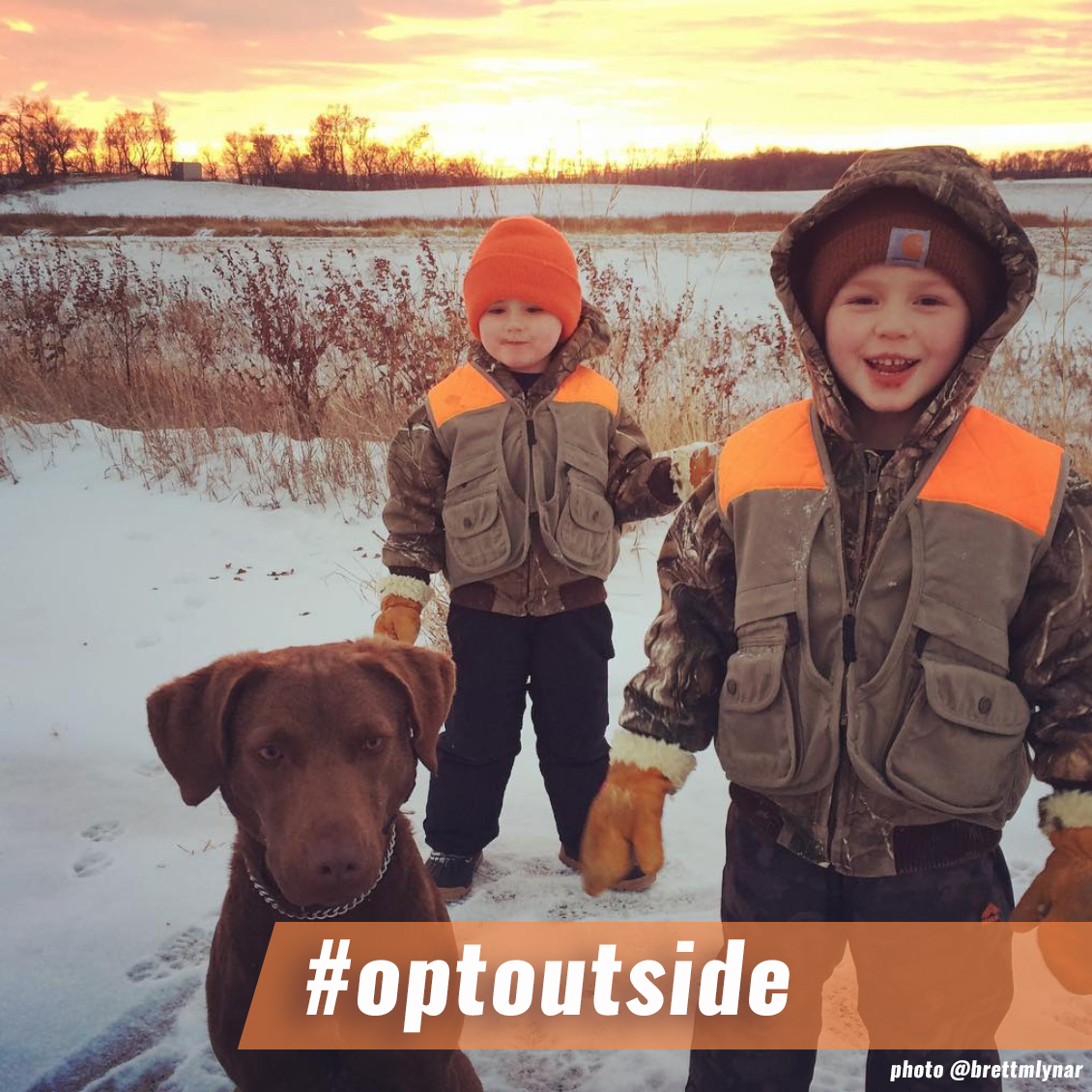
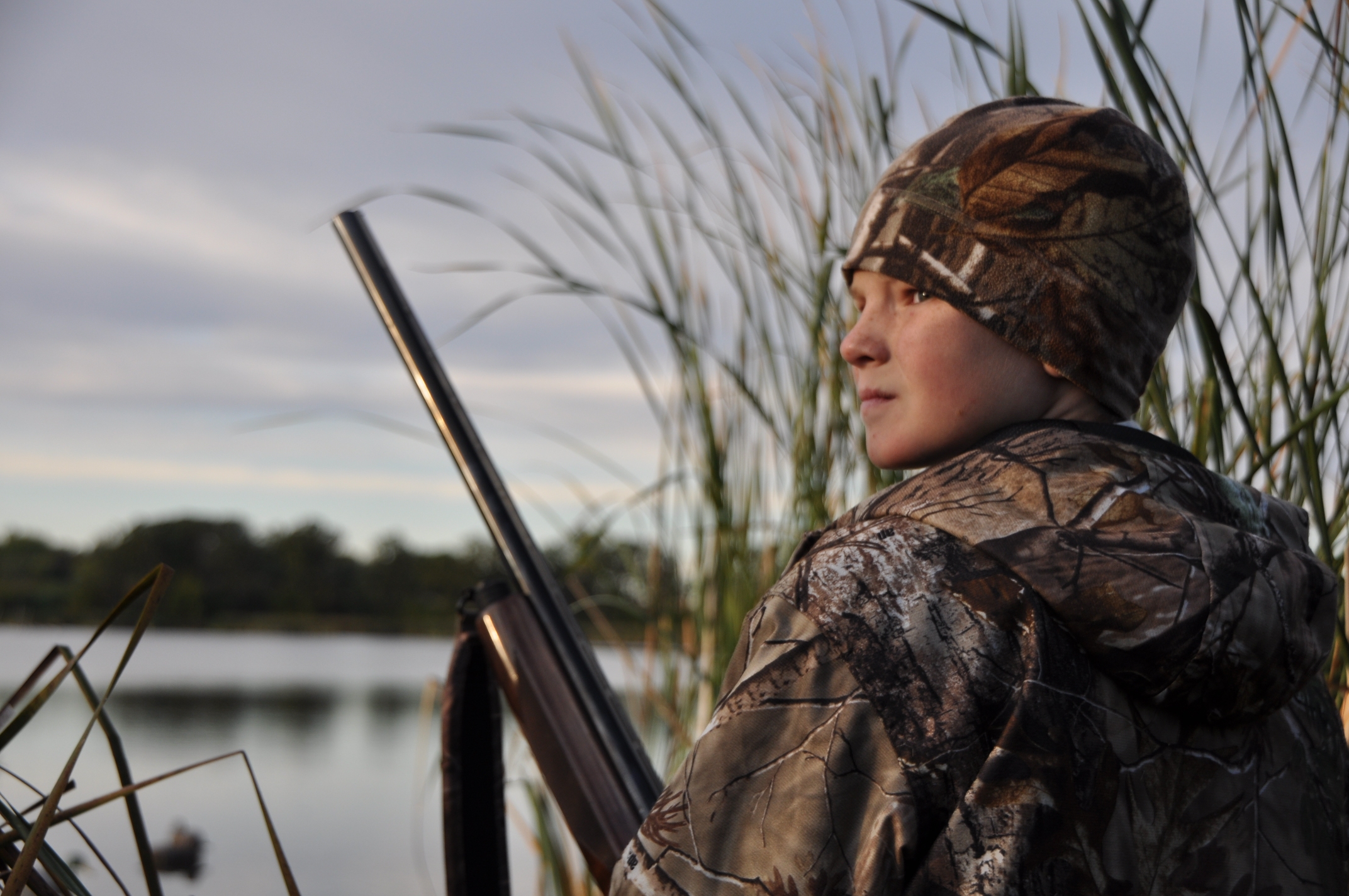
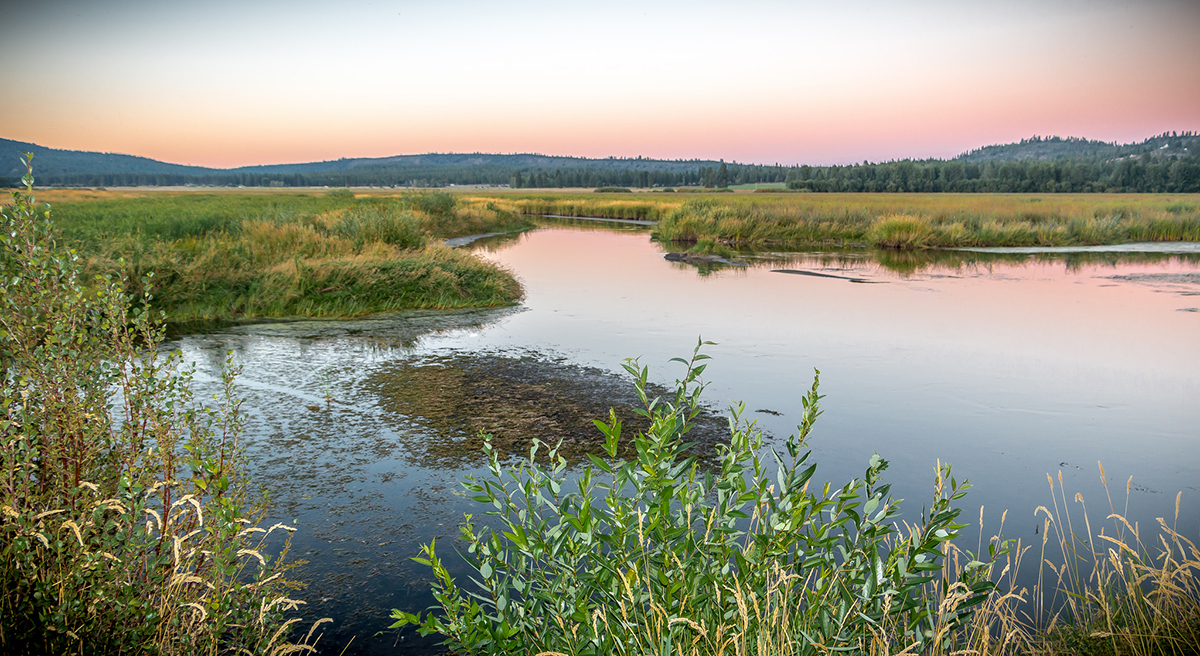
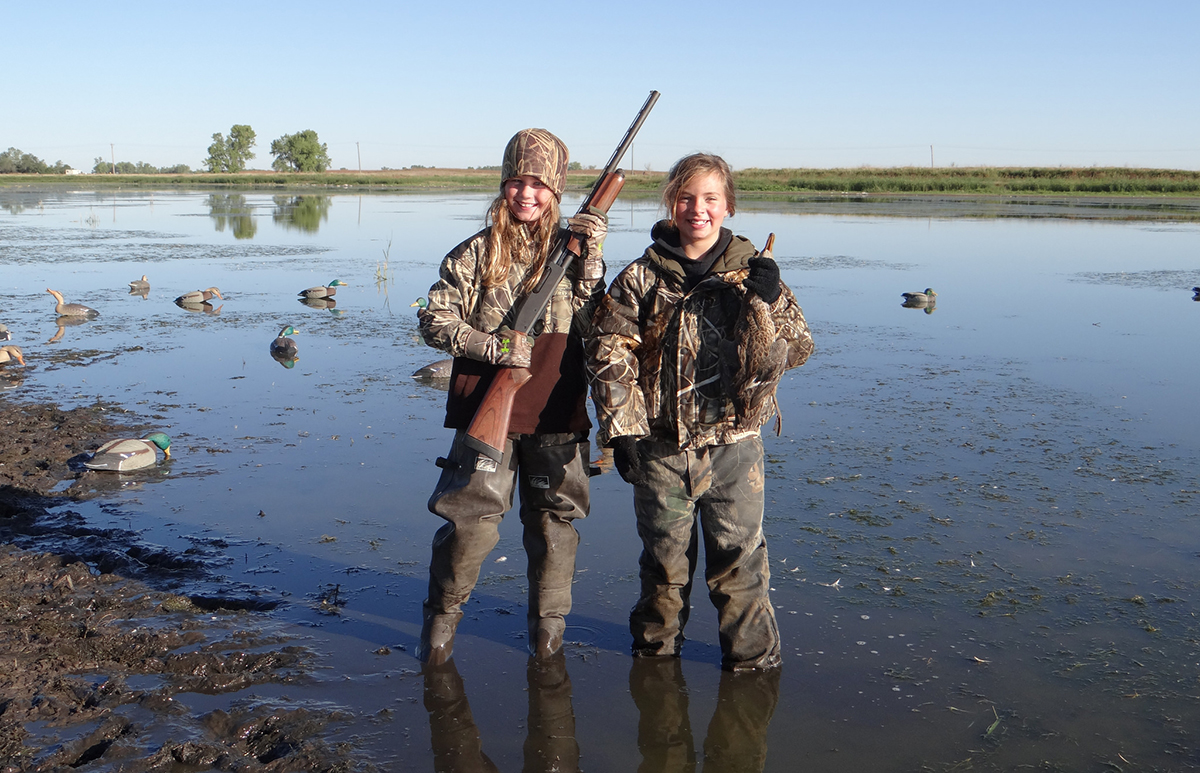
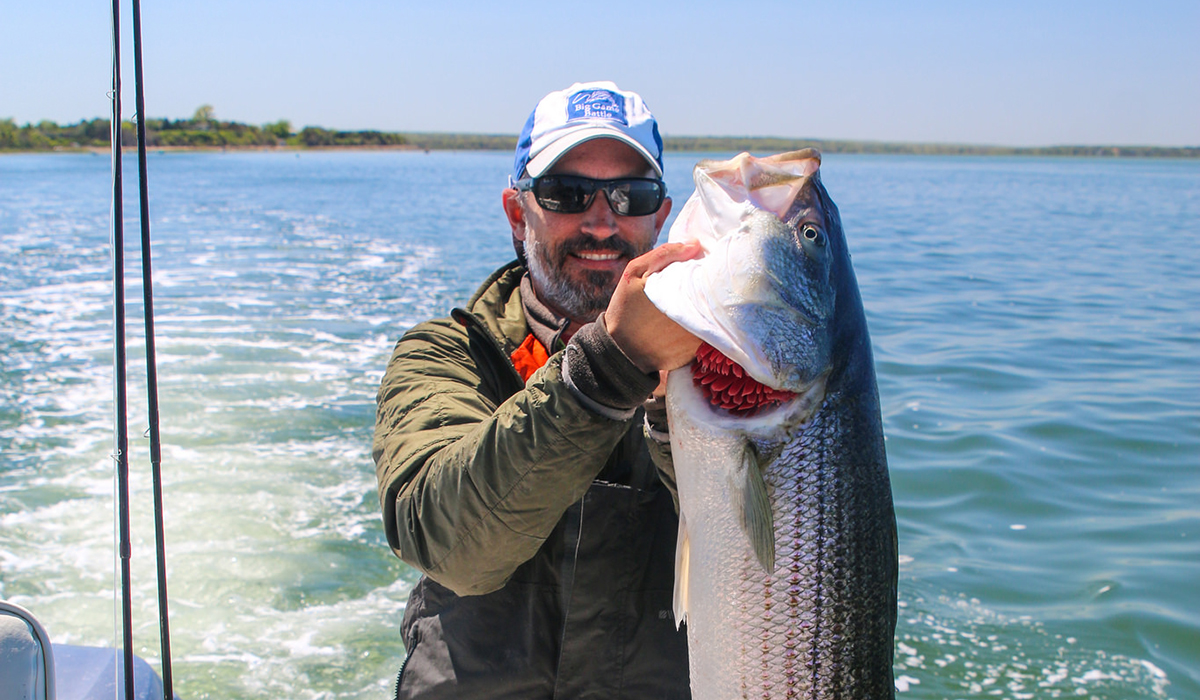
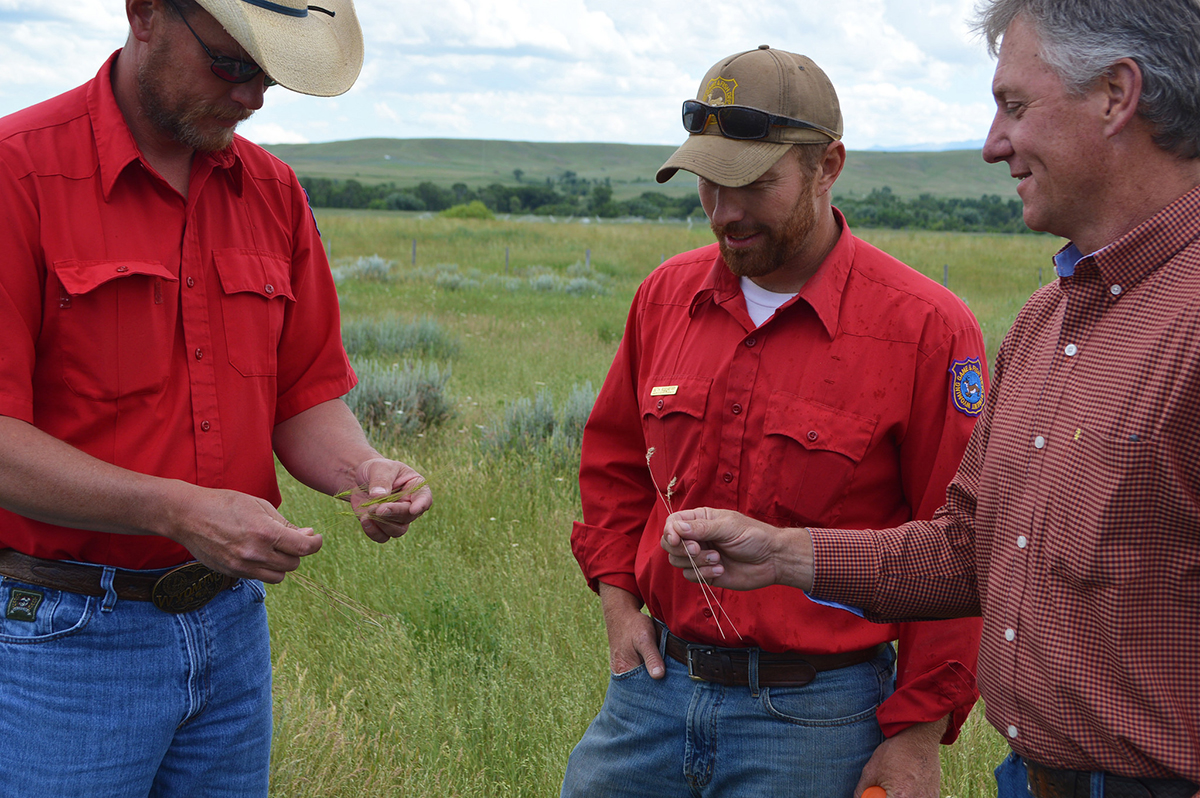
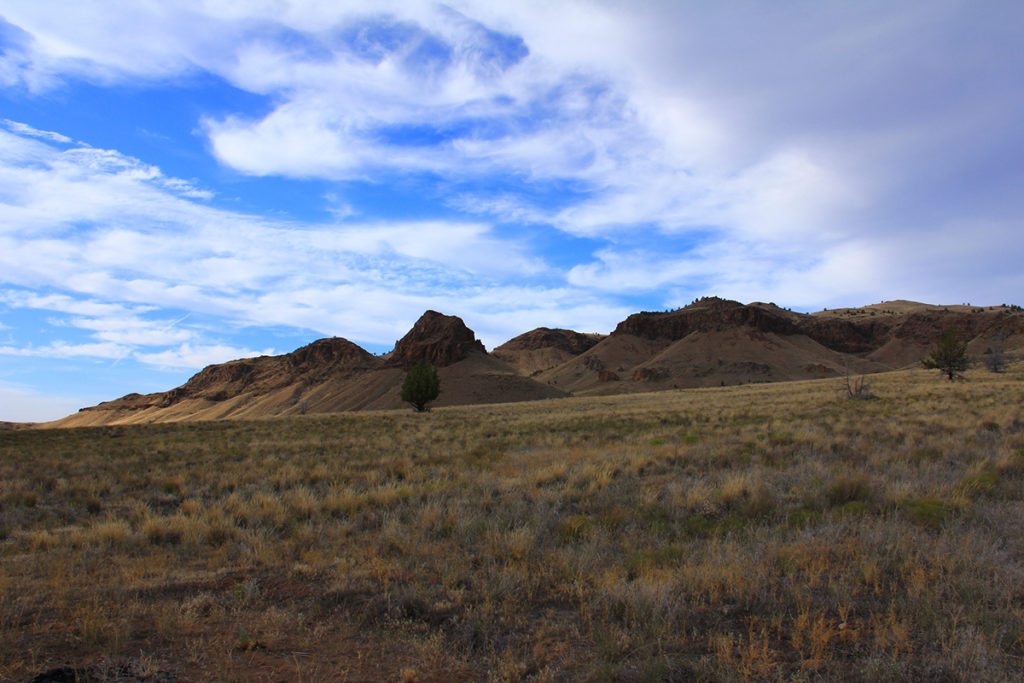
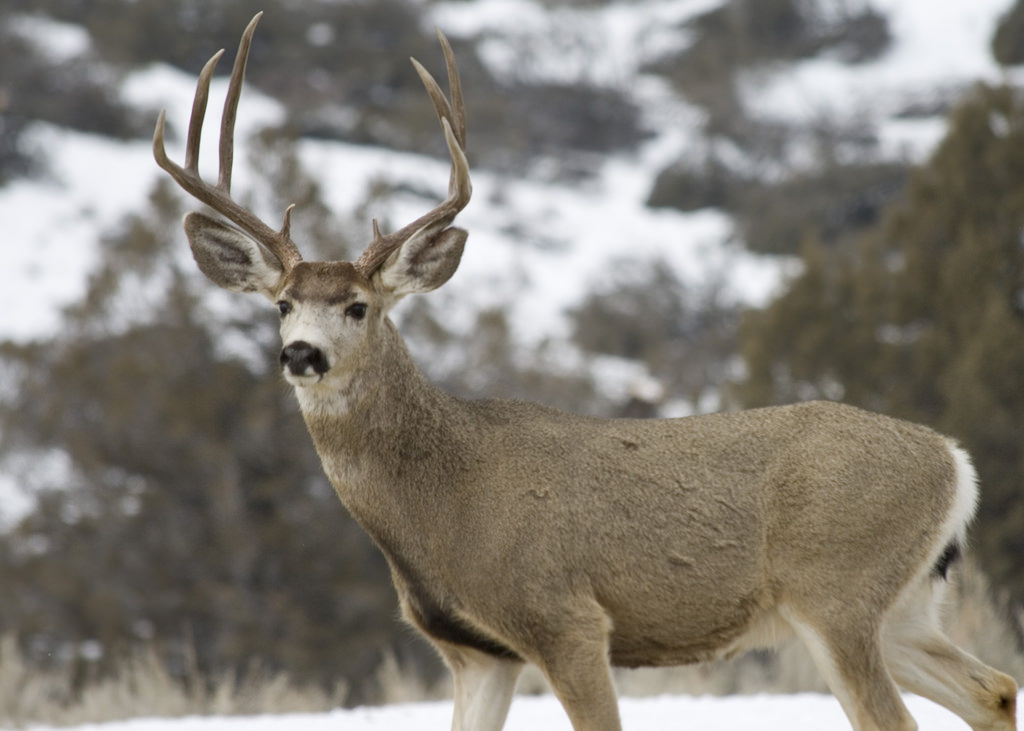
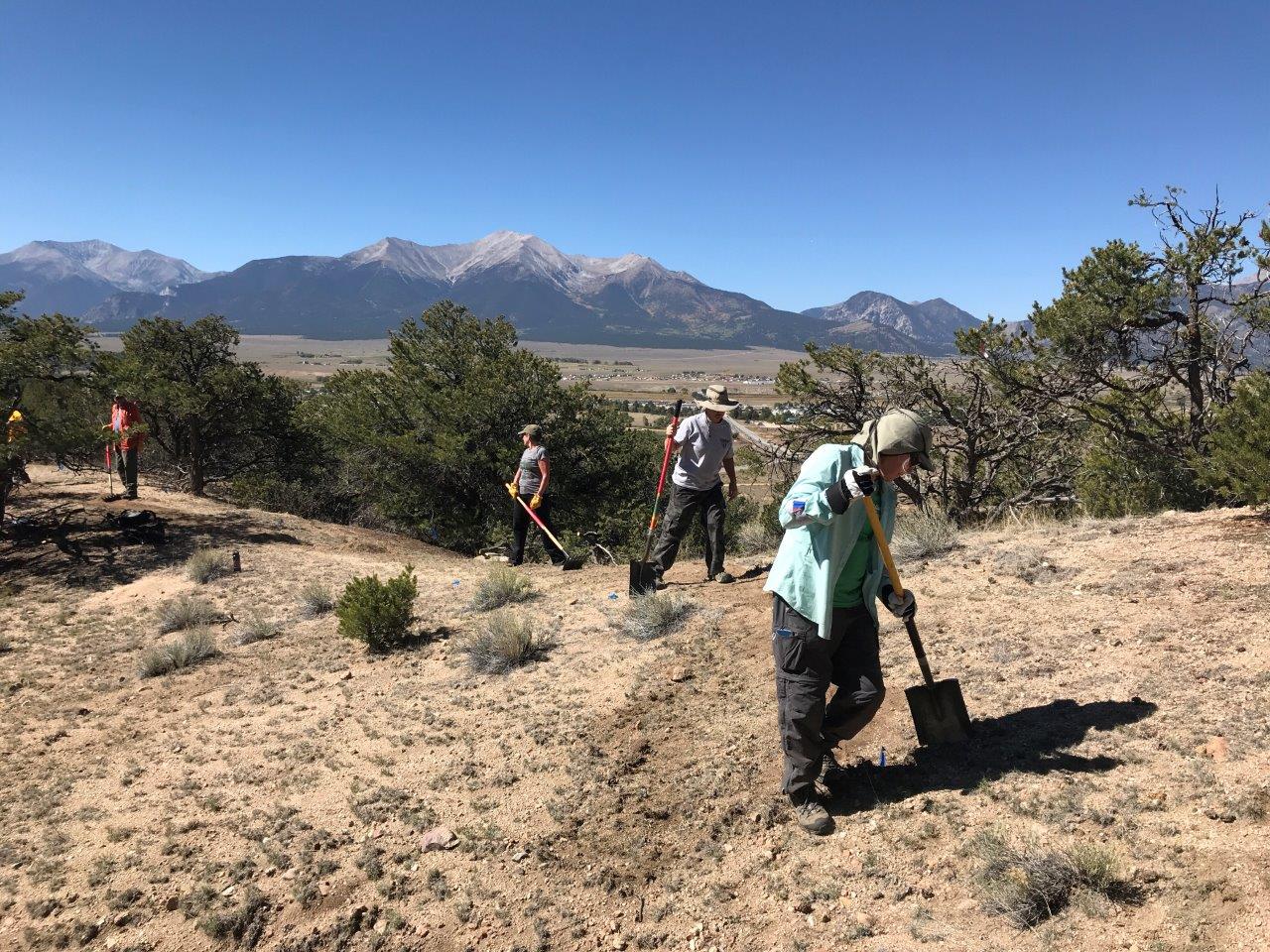
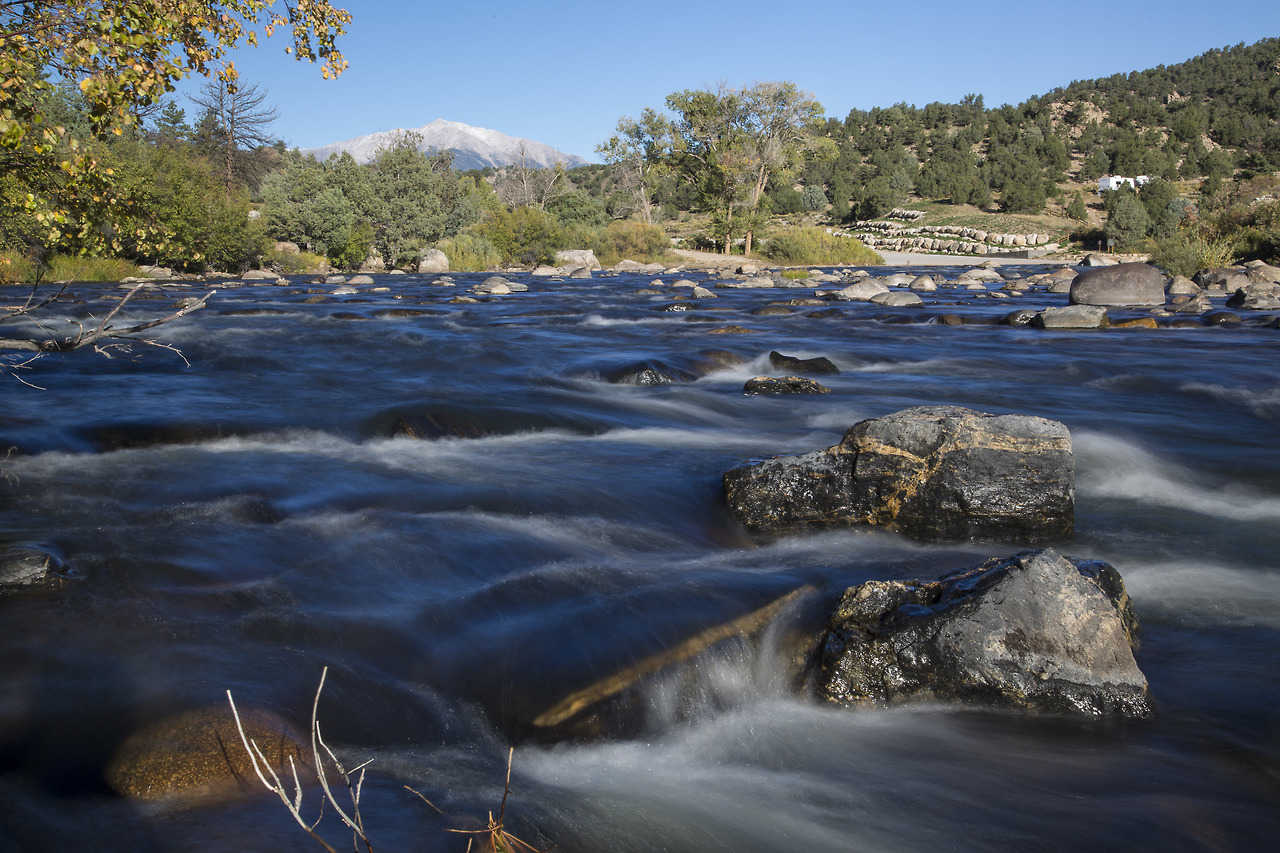




Where can we go to comment on the USFS amended plan?
Good question, Hunter. Comment here: https://www.fs.usda.gov/detail/r4/home/?cid=stelprd3843381
We can clearly see where Zinke’s loyalty is and it is not with the Interior Department or the public lands of our country. Each move he makes removes more and more of our (all Americans) public lands from our hands and further destroys habitat.
When sound science takes the backseat to politics, wildlife, fish, sportsmen will lose. Vote wisely.
I have just changed my adult lifetime affiliation with the Republican Party . I am tired of the short term gain attitude that my old party shares. I now 60 , an avid outdoorsman, hunter and fisherman Am very concerned with what my grandchildren will inherit in the way of quality , productive public lands and all that they offer and contribute to our society .
It appears that the government now favors killing everything that doesn’t make money for them with no consideration for the future. Kill off all as long as business improves. I believe it ultimately will destroy our country. How about improving our educational system, roads,training for out of work people, training for jobs that are open, multiple others. Why have they decided to just ignore science when science help build our country????
Secretary Zinke please do all you can to help the sage grouse and keep all are public lands public. Thank you.
I have lived in Wyoming for over 50 years. Hunting, fishing and the outdoors are my families passion. i have watched the wildlife habitat being developed and the wildlife populations greatly diminish. We need to find ways to save the habitat and curtail the development.
Oil and gas leasing should NEVER be allowed in wildlife habitat!!!!!!
As a outdoorsman I have seen first hand how the natural environment is being negatively impacted by human infringement. We need to act now in order to aggressively protect and preserve the other species that live and depend on this rather fragile environment BEFORE it is too late. Humans are a creative species and we need to find other avenues that will not destroy critical habitat.
Zinke must be removed, he is putting wildlife in serious danger, also removing OUR public lands .
1 Set of rules to cover all, States, Forest Service, BLM, and the Interior Department. Zinke your fired !!